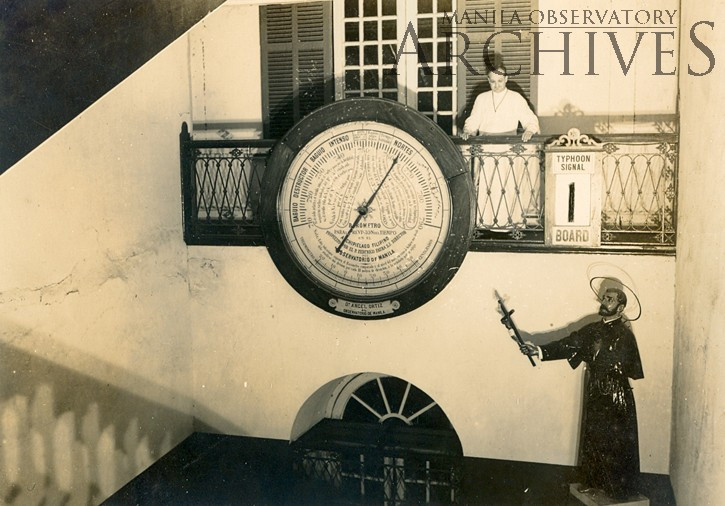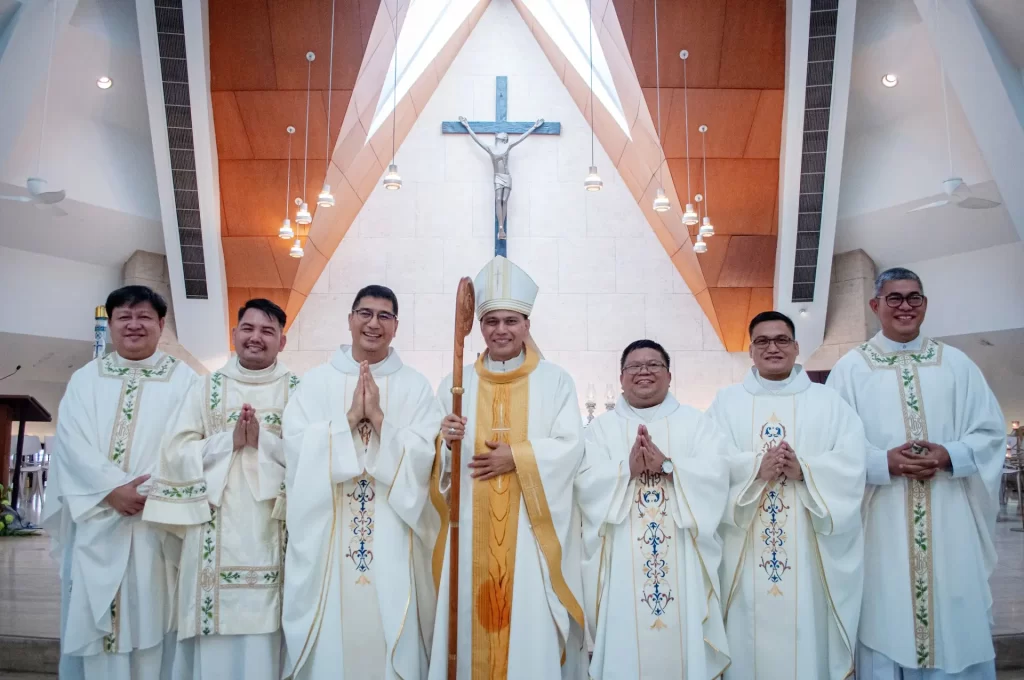The Manila Observatory is celebrating its 150th anniversary this year, marking the milestone with a new website, three exhibitions, as well as conferences and seminars.
The latest exhibition, themed “Frontiers”, features the observatory’s accomplishments since 1865. Launched in October, it succeeded the “Transitions” exhibition from July to September, which showed its scientific research after World War II until the 1990s. Before that, from April to July, the observatory held the “Discoveries” exhibition, which featured a guided tour through its origins and research from 1865 to the 1940s.
(Watch: Manila Observatory presents “Frontiers”)
The work of the Manila Observatory is guided by the Ignatian tradition of service. Now one of the leading research institutes in Southeast Asia, it was merely a pigeonhole of scientific instruments, crudely assembled from household items and operated by some Jesuit scholastics from the Escuela Municipal de Manila in its earlier days. Despite these limitations, Jesuit Fathers Francisco Colina and Jaime Nonell took it upon themselves to monitor and record the paths of typhoons in the region, in order to provide assistance to the locals who depended on the meteorological conditions of the land and the sea for their livelihood. From these humble beginnings, the observatory developed into an institution that focussed on regular meteorological, seismological, and astronomical operation, even eventually being appointed as the Philippines’ official weather bureau.

As the Philippines transitioned into an American colony after a period of revolution and war, Fr Jose Algué SJ played an important role in maintaining respect for the Society and its institutions. In 1899, Fr Algué, accompanied by Fr Jose Clos SJ, went to Washington DC to meet with prominent American officials and oversee the publication of El Archipiélago Filipino and El Atlas Filipino. Both publications were important encyclopaedic work by the Jesuits in the Philippines. Eventually, Fr Algué became Director of the Philippine Meteorological Service in 1901, which cost him his Spanish citizenship, although it was restored to him years later.
In the 1940s, after the destruction caused by World War II, and the appointment of a separate government agency for weather, the Jesuits had to discern the observatory’s direction. Taking into consideration the location of the Philippines in the middle of the geographic and magnetic equators, and in the typhoon belt and the Pacific ring of fire, it was decided that the observatory would study earthquakes and space weather. Eventually, the Jesuits also ventured into geomagnetism, radio physics, and solar physics. Aside from being at the global frontiers of its time, these research directions were also vital for a better understanding of the Philippine islands.
Today, the Manila Observatory continues to uphold its commitment to scientific excellence in the name of faith and community service. The focus of research has become more expansive. It now finds itself in interdisciplinary discussions about the alleviation of poverty. Its present science agenda focusses on dealing with the pressing issues of climate change, variability, and extremes; disaster risk and sustainable development; public health and human vulnerability; and engaging in remote sensing and ground-based environmental observation and monitoring. Though the Jesuits no longer comprise the majority of its researchers and staff, and its concerns have evolved to accommodate the present concerns of its people, the Manila Observatory after 150 years still remains true to its mission of service in the name of faith and science. [Windhover, Manila Observatory]
To get a glimpse of the Manila Observatory’s long history in the Philippines, watch the video below:







